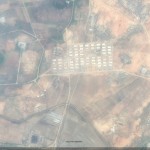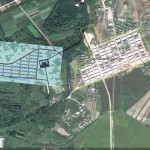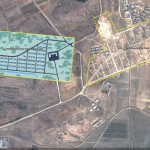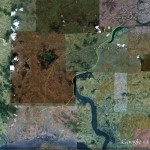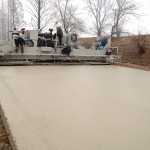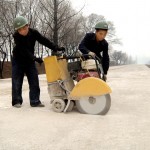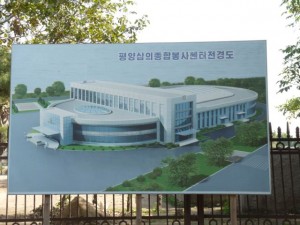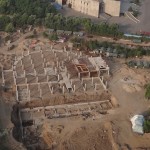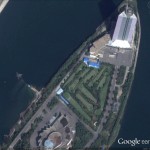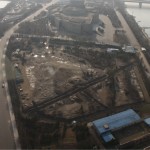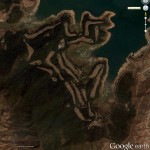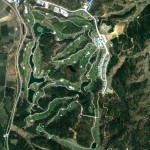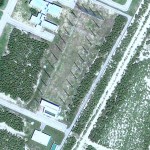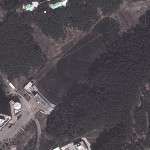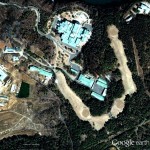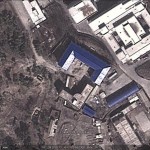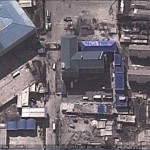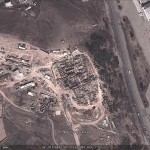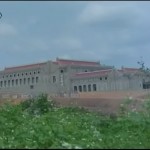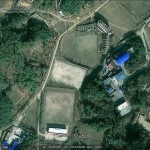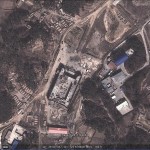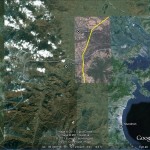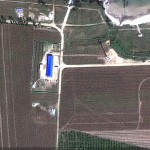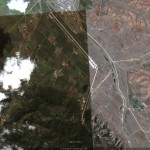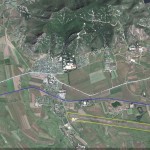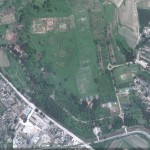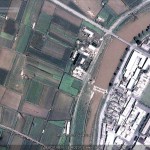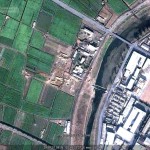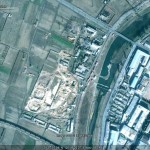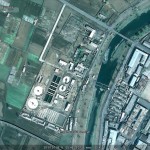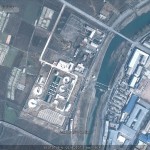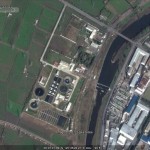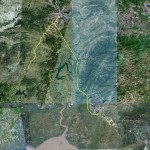Story 1 (Daily NK): Ministry strikes out currency swap (2011-12-1):
The Ministry of Unification has concluded that the currency redenomination implemented by the North Korean government two years ago was, as is already widely accepted, an utter failure in most regards.
According to the ministry, which revealed its assessment today, North Korea intended to use the currency redenomination to weaken the role of the markets, generate supplies of capital for the construction industry and adjust the amount of domestic currency in circulation, but ended up achieving the opposite.
Instead, the overall economy slowed, while markets have now made a comeback, recovering to their state they were in before the event.
The process was simple. Straight after the currency redenomination, the flow of commodities rapidly froze up due to contracting supply and weakening purchasing power. According to the Ministry of Unification, factories and enterprises that relied heavily on materials and capital from the market were fatally undermined. This immediately added to extant difficulties securing daily necessities, and forced the authorities to tolerate the markets once again. Commodity flows are still in the process of recovering.
But worse, the value of the domestic currency fell and people’s preference for US Dollars and Chinese Yuan deepened further, setting exchange rates and prices in a continuously increasing inflationary spiral.
This can be seen in the case of rice, a good proxy for overall economic conditions. In 2009, rice cost between 20 and 40won, but within a year had increased abruptly to approximately 1,500won, and as of November, 2011 was more than 3,000won. Despite the 100:1 ratio of the redenomination, prices have returned to their level before the currency redenomination.
The North Korean authorities even attempted to ban the use of foreign currency in January, 2010, causing various problems which resulted in the withdrawal of the plan in the following month. In December, 2009, a US Dollar was worth 35 North Korean won, but by a year later had soared to 2,000 won, and is currently worth 3,800 won.
The North Korean authorities said the currency redenomination would improve the lives of the people, but in truth because of hyperinflation people’s lives have actually gotten more difficult.
At the time of the currency redenomination, they emphasized care for the common worker, giving them wage increases and cash payments; a one-off bonus (500won per person) to laborers and an additional payment to farmers (150,000won per person). However, nominal wages subsequently increased 100 times, and with a lack of food, necessities and soaring inflation, made the people’s lives worse.
The average worker’s salary is now 3,000won, but the living expenses of a family of four are approximately 100,000 won per month.
In conclusion, an official from the Ministry of Unification declared, “As long as there is deepening popular distrust of the North Korean authorities, it looks like the power to implement future policy will weaken. The decisions made by the authorities that decreased the quality of people’s lives deepened the distrust.”
“The seizure of property, which in the short term alleviated polarization, ended up causing more poverty among the general population and had a relatively minor effect on the people who hold a lot of foreign currency.”
“North Korea tried to restore their socialist economy via the currency redenomination, but in reviewing the comments and perspectives of various North Korea experts and defectors we can see that the currency redenomination was an overall failure.”
That being said, he noted, “There is a limit to the ability of collective discontent to turn into collective political organizing.”
Story 2 (Yonhap): Botched currency reform destabilizes N.K. rice prices, exchange rates (2011-12-1):
North Korea’s currency reform has failed to stabilize rice prices and its currency while the nation still endures lack of food and supplies, Seoul’s Unification Ministry said Thursday.
The North carried out a massive currency reform two years ago to try to rein in galloping inflation, squash free market activities and tighten state control over the economy. The measures failed to halt massive inflation and worsened food shortages and public backlash.
The North Korean won was traded at 35 won to one U.S. dollar in markets right after the currency reform in late 2009. But one dollar was traded at around 3,800 won in November, up from around 2,000 won in 2010, according to the ministry.
The ministry, which handles inter-Korean affairs, also said rice prices have risen to pre-currency reform levels in a sign of food shortages in North Korea.
A kilogram of rice cost up to 40 won in 2009 before skyrocketing to about 3,000 won in November, the ministry said in an assessment of the North’s currency reform.
The dire assessment comes as the North is struggling to achieve its goal of building a prosperous nation by next year, the centennial of the birth of the country’s late founder, Kim Il-sung, the father of current leader Kim Jong-il.
The rice prices started to soar in Pyongyang on rumors that Kim failed to secure much aid during his trip to Russia in August, Good Friends, a Seoul-based private relief agency, said in September.
Rice is a key staple food for both South and North Koreans.
The botched currency reform is “expected to further deepen public distrust of the authorities and undermine their control on the people,” the ministry said in an assessment report.
Still, North Koreans are unlikely to display any collective action, because there is no organized political force, the ministry said.
Kim has been ruling the country with an iron fist, and tolerates no dissent.
There have been reports of growing discontent in the communist country over chronic food shortages and political oppression, though no organized opposition has emerged to challenge the leader.
Story 3 (Daily NK): Rice and Yuan zooming up in Ryanggang (2011-11-28):
The price of North Korean rice and the Yuan exchange rate have both reached post-2009 record levels in Yangkang Province, with domestic rice surpassing 4,000 won/kg and 1 Chinese Yuan selling for 720 North Korean won on November 28th.
Although a geographically remote location when seen from within North Korea, Yangkang Province act as a barometer for the situation in other areas because it stands alongside the capital Pyongyang and the Shinuiju-Dandong area as one of the most marketized, active trading locations of all.
Speaking with Daily NK today, a source from the province commented, “In the daytime on the 27th, the Yuan price, which had risen to 780 won, fell back to 720 won; however, the discomfort of the people is continual,” before adding, “Because of the rising exchange rate, the rice price also went up to 4,000 won.”
According to the source, as the price of North Korean rice hit 4,000 won/kg, that of Chinese rice also reached 3,200 won and sticky rice 5,000 won.
This means that the price of rice in Hyesan, the provincial capital, has now risen 500 won in two weeks, while the value of the North Korean won has depreciated by 120 won over a similar period.
The cause of the problem stems from a number of sources, but at the top of the list is a lack of faith in the North Korean won and the continual desire on the part of people who hold currency not to do so in domestic money.
As a result, the source said that traders are not selling their products, preferring instead to watch for changes, and with customers less likely to buy at such inflated prices, the overall effect is that trading volumes in the market have fallen drastically.
He explained, “There is even one rumor out there suggesting that by year’s end the price of the Yuan will have reached 1,000 won and that before long rice will have gone over 5,000 won. Rice traders are not selling their stock, saying that ‘if it gets more expensive, I’ll sell’, and so those citizens who are unable to get food together are looking pretty uneasy.’
Meanwhile, the new price records present a sense of cruel irony for a country about to commemorate the 2nd anniversary of the November 30th, 2009 currency redenomination.
“This is all the fault of the government, which organized the currency redenomination and destroyed the value of Chosun money,” the source agreed, complaining, “The price of everything is soaring, so the time has come where we can’t even buy blocks of tofu to eat.”

